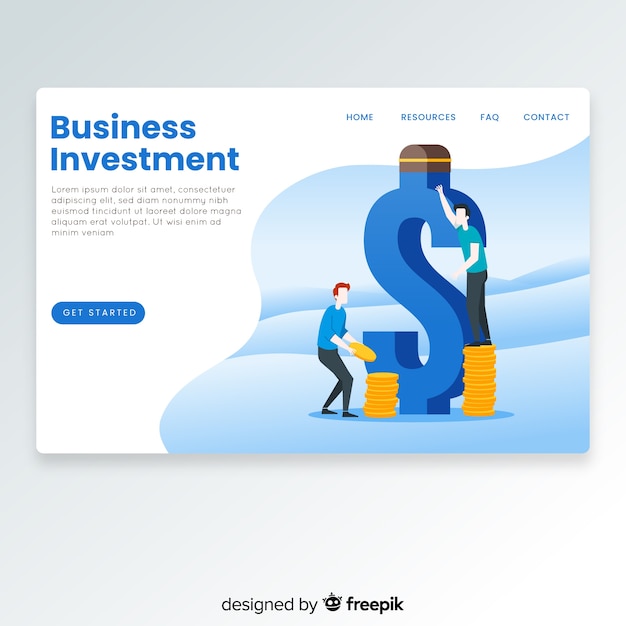
Long-term financial stability significantly depends on investing. It’s a strategy that helps you accumulate wealth, diversify your income, prepare for retirement, and potentially leave a significant sum for your loved ones. However, many people delay or ignore investing because they believe it’s outside their financial reach.
I can relate; when I was barely getting by, investing wasn’t even on my radar. Even when I started earning a decent salary, my priority shifted to paying off debts – which isn’t a bad idea. But in investing, it’s beneficial to start early allowing your money the time it needs to multiply through compound interest. That’s why even as I was managing debt, I started to get into investing despite a tight budget.
Feeling like investing isn’t financially possible? Here are some tips on finding money for investments on a shoestring budget.
UNDERSTAND THAT A SMALL INVESTMENT CAN MAKE A BIG DIFFERENCE
A common misunderstanding is that investing requires large sums of money. But that’s far from the truth. I understand that taking the leap by putting money in the market can be intimidating, especially if you fear potential loss.
I started investing with just $100. Sure, there are some risks, but many investors are drawn to options like index funds due to their diversification benefits and lower-than-average fees, meaning greater retention of returns.
Investing in ETFs or Exchange Traded Funds is also a smart choice for beginners, as they give a diversified mix and are easy to buy and sell just like stocks.
For new investors, a platform like Betterment can be quite helpful by allowing you to set investment goals like opening and contributing to an Individual Retirement Account (IRA). They also guide you in how to distribute your funds into ETFs based on your portfolio allocation in stocks, bonds, or a combination of both.
Starting by investing in your retirement is always a good idea. If a 401 (k) plan is provided by your employer, it won’t cost you much to contribute, even modestly at first. You can also open an IRA even if you cannot maximize your annual contributions immediately (which are currently $5,550 for those under 50 and $6,500 for those over 50).
The bottom line is investing doesn’t always involve dealing with vast sums of money. You can begin investing with just $100, starting small with index funds and ETFs.
CUT OUT UNNECESSARY SPENDING
Once you realize that modest amounts can be invested victoriously, you can work on trimming down your budget to free up more funds for investing. This action may involve revising your budget regularly as our expenses and lifestyle can fluctuate.
To build an investment-friendly budget, review your expenses carefully. Identify any costs that can be reduced or eliminated completely.
Making investing a priority over non-essential expenses like dining out, shopping, or cable TV, can increase your investing potential. You don’t necessarily have to exclude these expenses entirely, but even a reduction could free up significant funds. Also, make sure you’re not overpaying for any services – shop around for better deals if needed.
REMEMBER: “You can’t afford NOT to start investing!” – the other way around creates roadblocks.
CONSIDER A HIGHER PAYING JOB
If your budget is already stretched thin, consider seeking a job with a higher salary to increase your capabilities to invest. Although this might not be an overnight change, it’s worth exploring. A pay raise or even a career change to a better-paying field could be beneficial.
If your current income isn’t meeting your financial goals or basic needs, shifting focus on earning more is the key.
With a considerable annual raise or by changing your job for a higher salary, you can maintain your lifestyle while utilizing the extra income for investment. Even a 10% pay bump can make a significant difference.
TAKE UP A SIDE JOB
Yet another strategy to increase your income is to take on a side hustle. Consider your talents, interests, and what kind of work you’d enjoy doing. Possibilities range from a second job to freelancing, babysitting, dog walking, lawn mowing, and online surveys.
For me, freelance writing was the best side hustle, which ultimately turned into a full-time job. In just a few months, I was earning above $1,000 per month. If you manage to find a side hustle that gives you an extra $1,000 monthly, that’s an additional $12,000 per year for investing.
SELL UNUSED ITEMS
Increasing your income doesn’t stop at your job. Selling unused items online can also scoop up extra money. I used eBay to sell jewelry that I no longer needed, and I was pleasantly surprised by my financial gains.
Selling items such as clothes, shoes, bags, books, toys, films online, or to resale shops can also bring in cash.
Take a look around your home. You’ll probably find items you haven’t used in a while that could bring in some money. Not only does selling unused items make extra money for investing, but it also helps declutter your space.
CONCLUSION
There are plenty of reasons to start investing today. Two significant ones are keeping up with inflation and growing your money exponentially.
If finding money to invest while maintaining a comfortable lifestyle is a challenge, consider a combination of the strategies listed above.
Remember, “You can’t afford NOT to start investing!”
Have you started investing? If no, what’s the hindrance? Do have a plan to tackle it?


